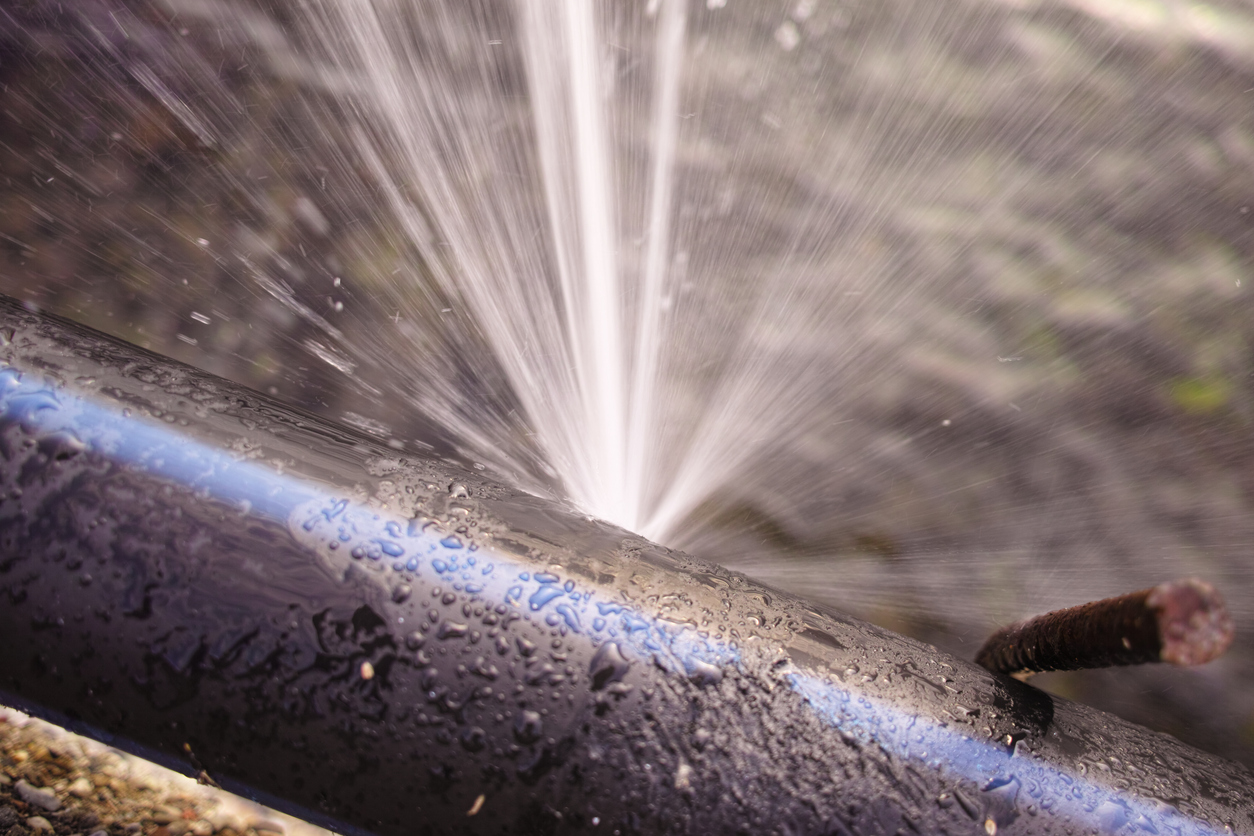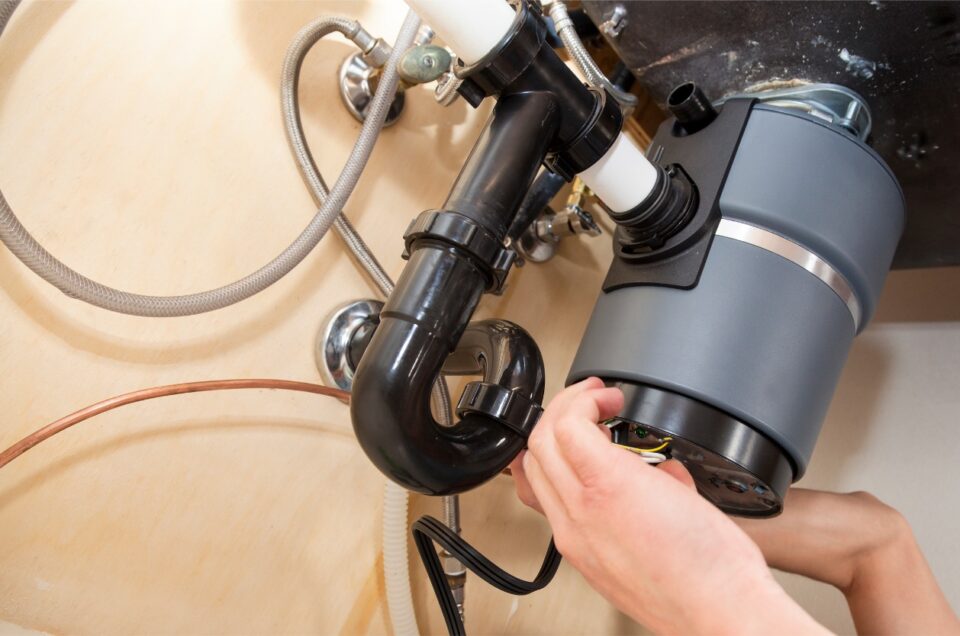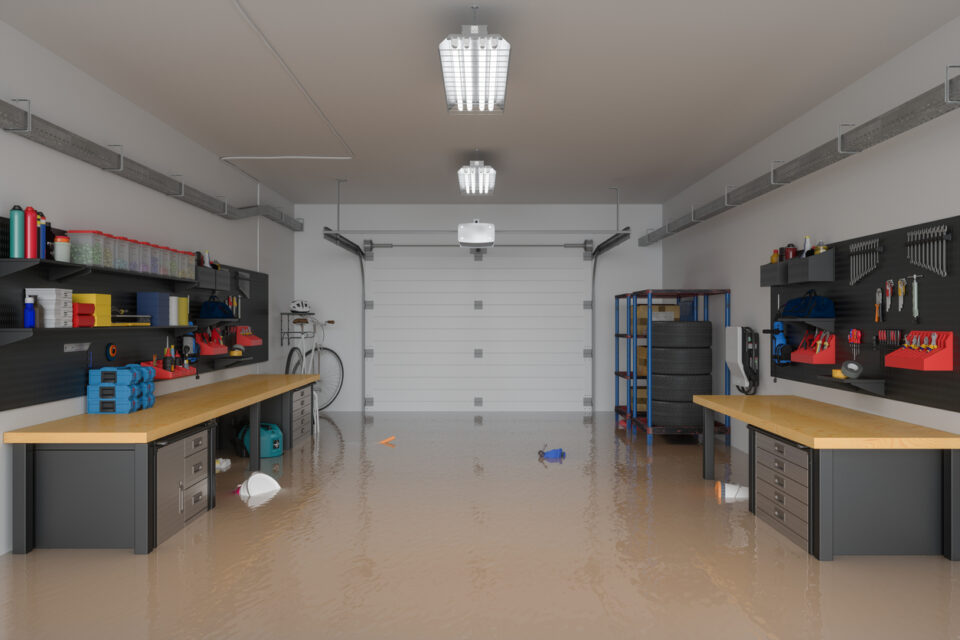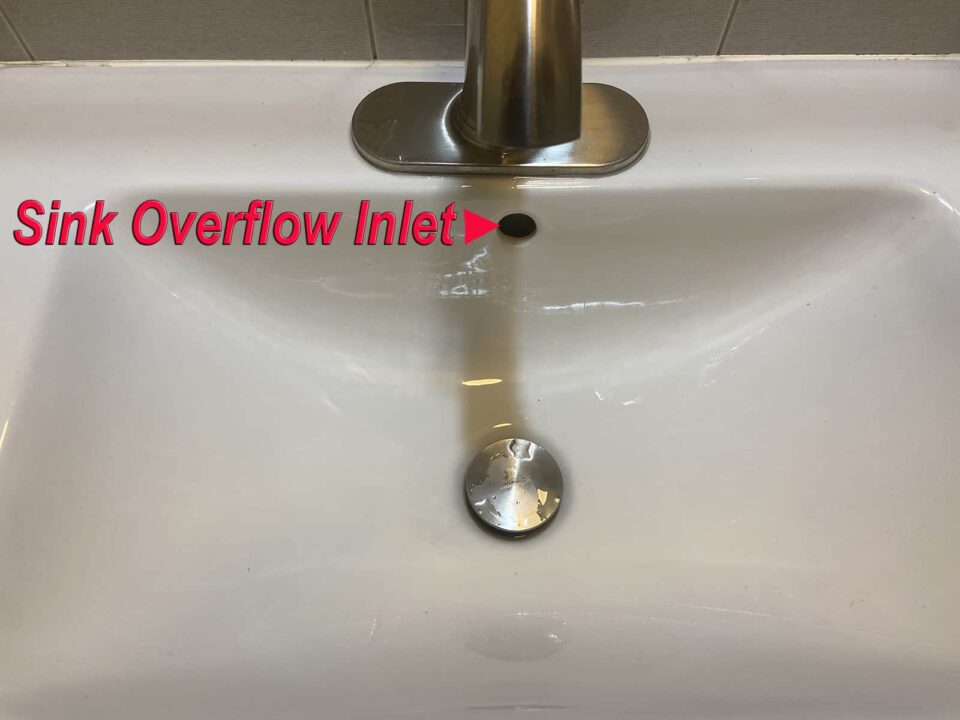When a sewer pipe needs to be replaced, usually a large trench must be dug. Sections of the pipe are replaced in appropriate lengths, and some are cut to custom sizes, and connected with gaskets when it involves sewer work. When water lines are replaced, one continuous piece of line is installed when conditions permit. However, trenchless (no digging) pipe replacements have been growing in popularity due to their time-saving and non-disruptive benefits. One such trenchless sewer line repair is pipe bursting.
Is the bursting of the pre-existing line the right solution for sewer line issues on your property? It depends on various factors. It has considerable pros and cons, and may not be permitted in your jurisdiction. It is also vital that a highly trained and experienced team performs this process.
Our plumbing experts at Team Balkan are here to explain everything you need to know about pipe bursting and how to make the right decision for your property.
What Is Pipe Bursting: The Sewer Replacement Service
When most people hear the term pipe bursting, they think about frozen winter pipes. Fortunately, that’s not what we’re talking about here, today. When pipe bursting is done as a service, it indicates the process of breaking apart an old sewer pipe or water line underground so that a new pipe can be pulled through in its place. There are different pipe bursting methods available, which include pneumatic pipe bursting.
It helps to visualize the process
- Water flow is stopped
- Sending pits are set up or excavated
- A pipe-bursting machine is set into place, and a head is sent down to break the old pipe open
- A special pipe-bursting head is sent into the pipe, which pulses to burst the old pipe from within – without digging up the pipe first. The pipe cracks apart underground, pushing just enough dirt away from itself to make room for a completely new polyethylene pipe to be run down into the space.
- A new pipe is run down into the channel inside of the old and burst pipeline.
- Digging is only required at the connection points so that no large and disruptive trench is needed.
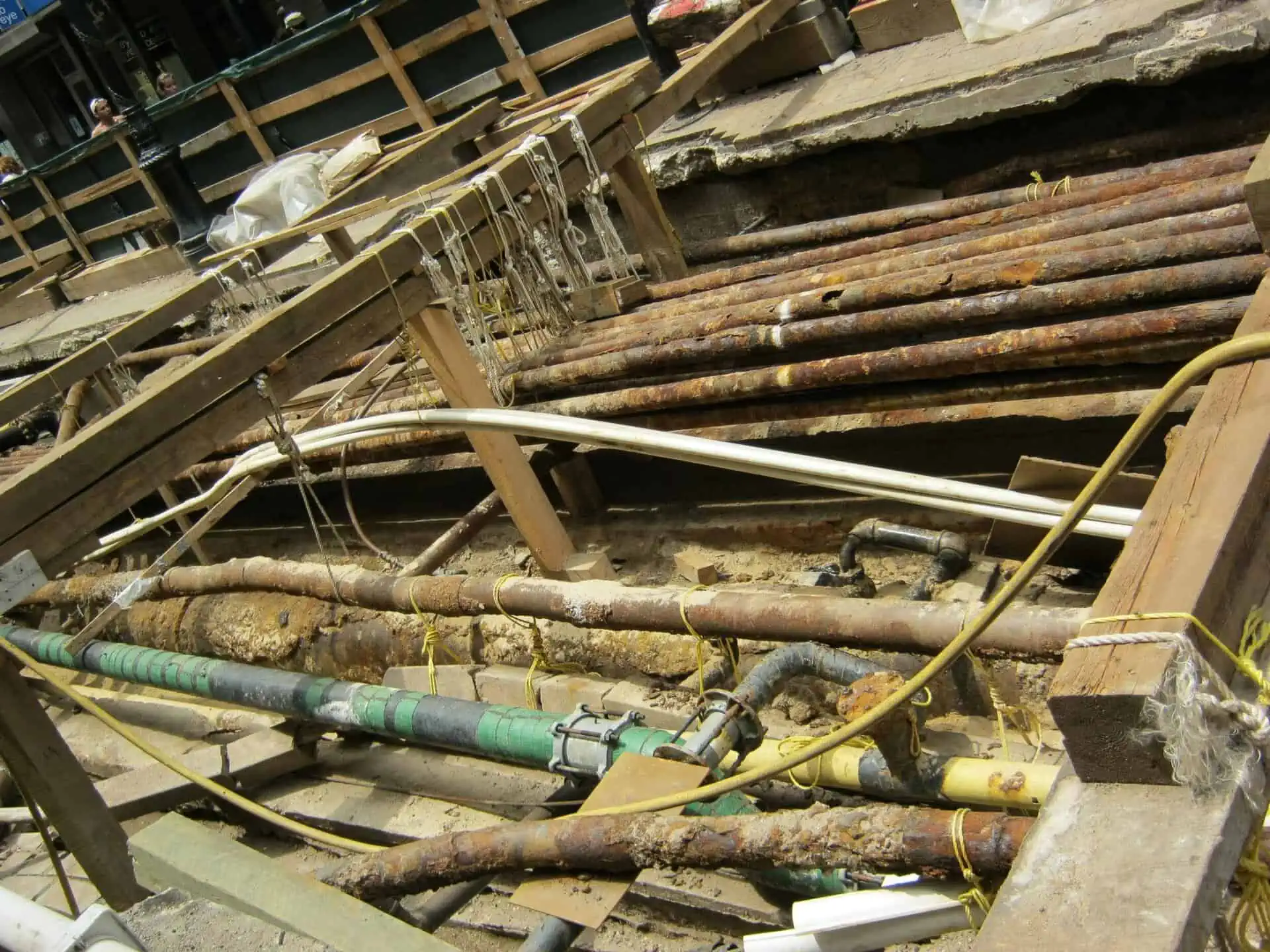
Pros and Cons of Pipe Bursting
Pipe bursting is beneficial in some ways, but a potentially risky process. It is a faster process in most cases, but it is not suitable for all cases. As an example where bursting is an approved method, and replacing clay sewer pipes, clay is probably the easiest pipe material to burst and split.
What Are Its 5 Benefits?
- Faster than typical methods of pipe replacement
- Cost-efficient in many cases
- Less disruptive to the property than trench excavations
- The new pipe does not rust, or corrode, and it typically seamless
- Less traffic disruption when work involves a public roadway
Pipe bursting can save thousands of dollars and days of labor because it is a fast and trenchless method for replacing an old buried pipe. In the case of sewer lines, the new polyethylene pipe is also longer, with fewer joints, so it will not rust or corrode, and there are fewer points of potential failure.
The 11 Risks of Pipe Bursting
One of the risks of this method is that there is not a 3rd party inspection agency (in NYC that would be the DEP) overseeing and verifying the integrity and proper completion of the work.
If there is not at least 20 inches of soil between the pipe and the surface, the pneumatic force used to burst the pipe may still cause soil upheaval for land and pavement above the pipe being burst. There is also a risk – even with surveying, that old utility lines that are not in your diagrams will be impacted.
Pipe bursting is less effective on pipes that have been repaired with solutions like reinforcing steel bands, or existing components not prone to bursting (such as curb valves on water lines). It is also possible that the damaged pieces of burst pipe can toxify the soil when left uncollected, or disrupt other surrounding utility lines, depending on their state when burst.
When allowed by local plumbing code, pipe bursting is generally considered a safe and effective method for replacing underground utility lines. However, like any construction process, there are potential risks and dangers associated with bursting existing lines buried underground. Here are ten potential dangers:
- Regulatory Compliance: Failure to comply with local regulations, permits, and safety standards can result in fines, legal liabilities, project shutdowns, and a potentially illegal installation subject to violation and a removal request from the locality. Bursting is not allowed in all jurisdictions, NYC being one of them.
- An Inappropriate Use Of The Pipe Bursting Process: Not all pipe defects and conditions can be addressed by bursting and lining the pre-existing pipe. In these cases, bursting and installing a new line can result in a complete waste of money without addressing the issue. A list of some of these conditions includes back-pitched pipes, improper or broken connections to the main line, misaligned pipes, or lines that have branch connections that can be cut off by the new lining.
- Utility Damage: One of the primary reasons that pipe bursting is not permitted in many areas is its inherent risk of damaging other underground utility lines. The risk of damaging existing utilities such as gas, water, or electrical lines is by the process of expanding the existing line being lined, and the vibration caused by the bursting process. Even when other underground utility lines are marked out, it is virtually impossible to determine if there is a safe distance between the lines.
- Structural Damage: Improper execution of the process of bursting pipes can lead to unintended structural damage to nearby buildings, infrastructure, finished surfaces, or landscaping.
- Soil Displacement: Pipe bursting can cause soil displacement, leading to ground settling, shifting, or instability if not managed correctly, potentially affecting nearby structures or causing sinkholes or shifting.
- Potential Environmental Impact: Improper disposal of excavated materials or contaminated water used during the process can have negative environmental impacts, violating regulations and causing harm to ecosystems, or other infrastructures such as catch basins or bioswales.
- Traffic Disruption: Pipe bursting projects often require road closures, detours, or traffic redirection, posing risks of accidents or delays if not managed effectively.
- Noise and Vibration: The equipment used in pipe bursting can generate significant noise and vibration, potentially causing disturbances to nearby residents or structures.
- Worker Safety: There are inherent risks to workers involved in the bursting process, including dangers associated with heavy machinery operation, trenching, and working in confined spaces. It would be open to debate as to whether bursting is less or more risky than traditional pipe installs using solely excavation.
- Pipeline Integrity: If not properly planned and executed by experts in bursting methods, the bursting process can compromise the integrity of the new pipeline, leading to leaks, bursts, or other failures in the future.
- Cost Overruns: Inadequate planning or unforeseen complications during the process of bursting the pipes can lead to cost overruns, delays, and disputes between contractors and project owners. On the other hand, this is no different than any typical pipe installation job.
Problems Fixed by Pipe Burst Replacement
- Buried Leaky Pipes
- Rust and Corrosion Damage
- Increasing the size above the size of the pre-existing line.
Using the pipe bursting method to replace sewer lines can help you fix a few specific problems. A buried leaky pipe is the most common problem solved with pipe bursting. A pipe that has been badly rusted or corroded can also be quickly replaced.
The bursting action makes enough room to widen your pipe by an inch or two with the new pipe, which can allow for a larger line to be installed than the size of the original line.
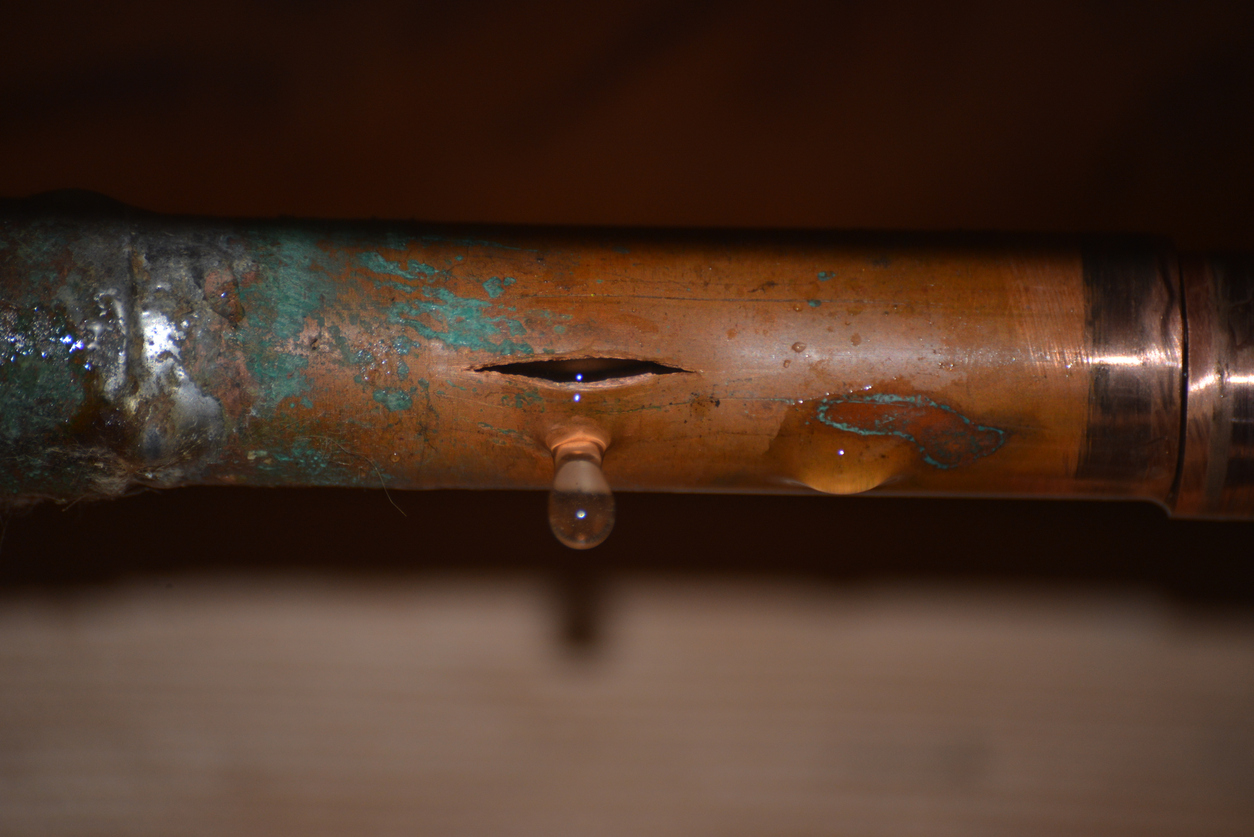
The 5 Sewer Problems Pipe Bursting Does Not Solve
- Original Pipe Significantly Too Narrow
- Backpitched Pipe
- Pipes Do Not Align
- Pipes Have Settled
- Improper Connections
However, there are many sewer line problems that pipe bursting cannot solve precisely because the new pipe is laid along the same path as the old pipe. The first point is if pipes are poorly positioned, they will remain poorly positioned when the new pipe is run along the same channel. This includes backpitched pipes, misalignment, and pipes that have settled. As an example, back pitched pipe results in grease clogged drains, simply replacing a new line with the same back pitch will not solve the issue.
Secondly, if there are poor connections to the public main, you will need to repair or rebuild the lateral connection to the public main line.
Lastly and most commonly, if tree roots are inside sewer lines, a lining or bursting is unlikely to be a successful solution unless the roots can be completely removed, and the pipes still properly align after the root infiltration.
When to Use Pipe Bursting
Pipe bursting is ideal for rural properties and large outdoor spaces, and the process works best when replacing larger pipes that do not need to be widened. You want to be certain that there are no conflicting utility lines nearby, including old ones that aren’t charted anymore, and that the pipe is deep enough below the soil to avoid surface disruptions during the bursting action.
When Not to Use Pipe Bursting
Do not use pipe bursting when the pipe is narrow, buried closer to the surface, or close to other utility lines. It is not advised to use pipe bursting within a city where many generations of utility lines have been laid, as the bursting action can disrupt more than just dirt and pavement. This is also why pipe bursting is not legal in all jurisdictions.
Where Pipe Bursting Is (and Is Not) Legal
Pipe bursting is not permitted to be used everywhere. For example, within the bounds of New York City, pipe bursting should not be used, as it is not approved. Furthermore, NYC is so dense with underground utility lines – old and new – that bursting simply is not a safe choice to make. The same is likely true in other dense metropolitan regions and cities throughout the US.
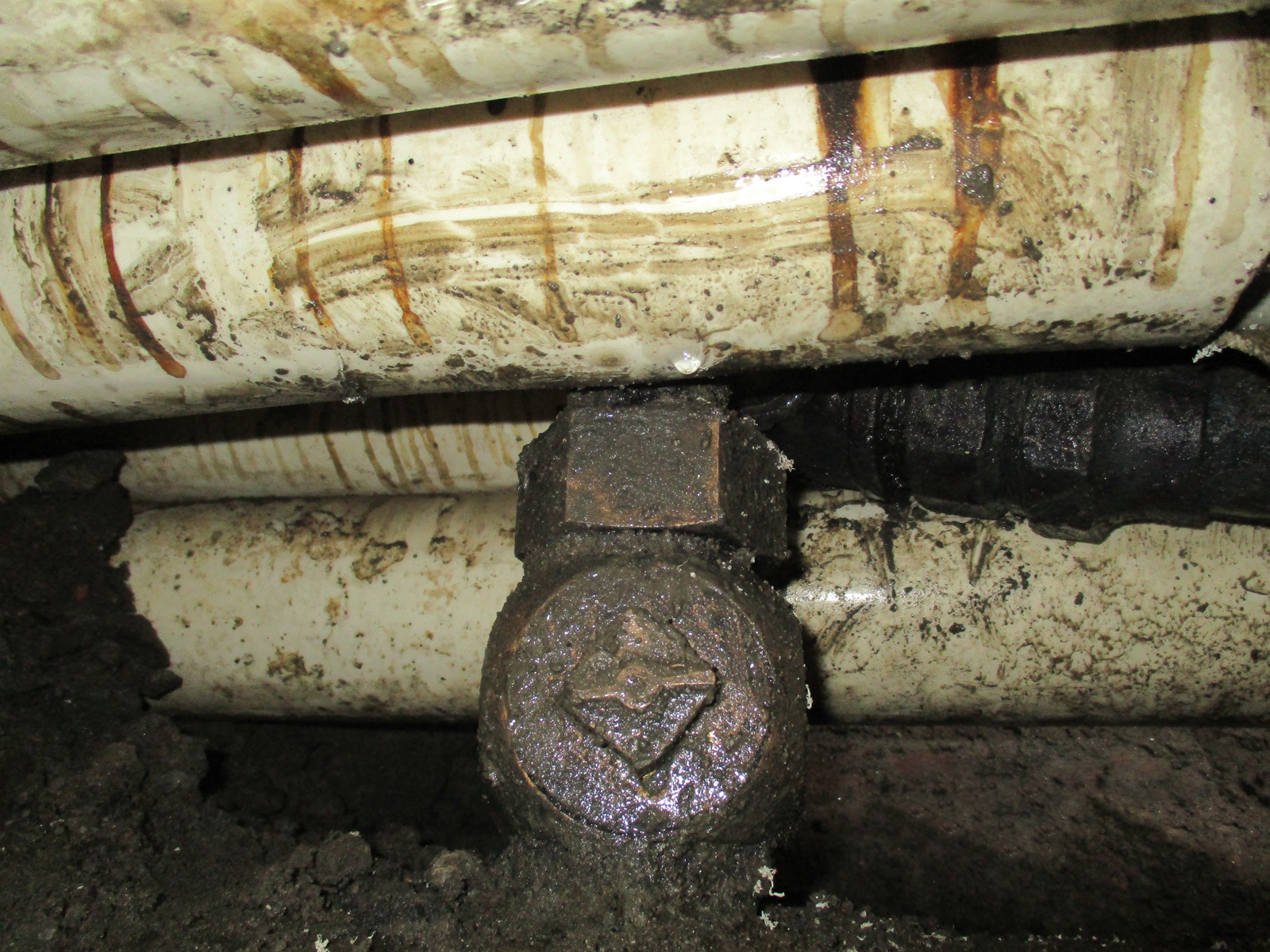
Hiring an Expert Pipe Bursting Team
Finally, it is important to hire experts to perform your pipe bursting service, as this is a specialty within the plumbing industry. If you determine that bursting is permitted in your region and your sewer line conditions are correct for pipe bursting as a solution, you still need a skilled, careful, and experienced plumbing team to do the job safely and ensure that your new pipe is properly secured before the work is done.
Curious about pipe bursting and other lesser-known plumbing techniques? Want to find out if pipe bursting is right for your property? Contact Balkan today and we’ll gladly provide the right answers for your plumbing and sewer repair needs.

